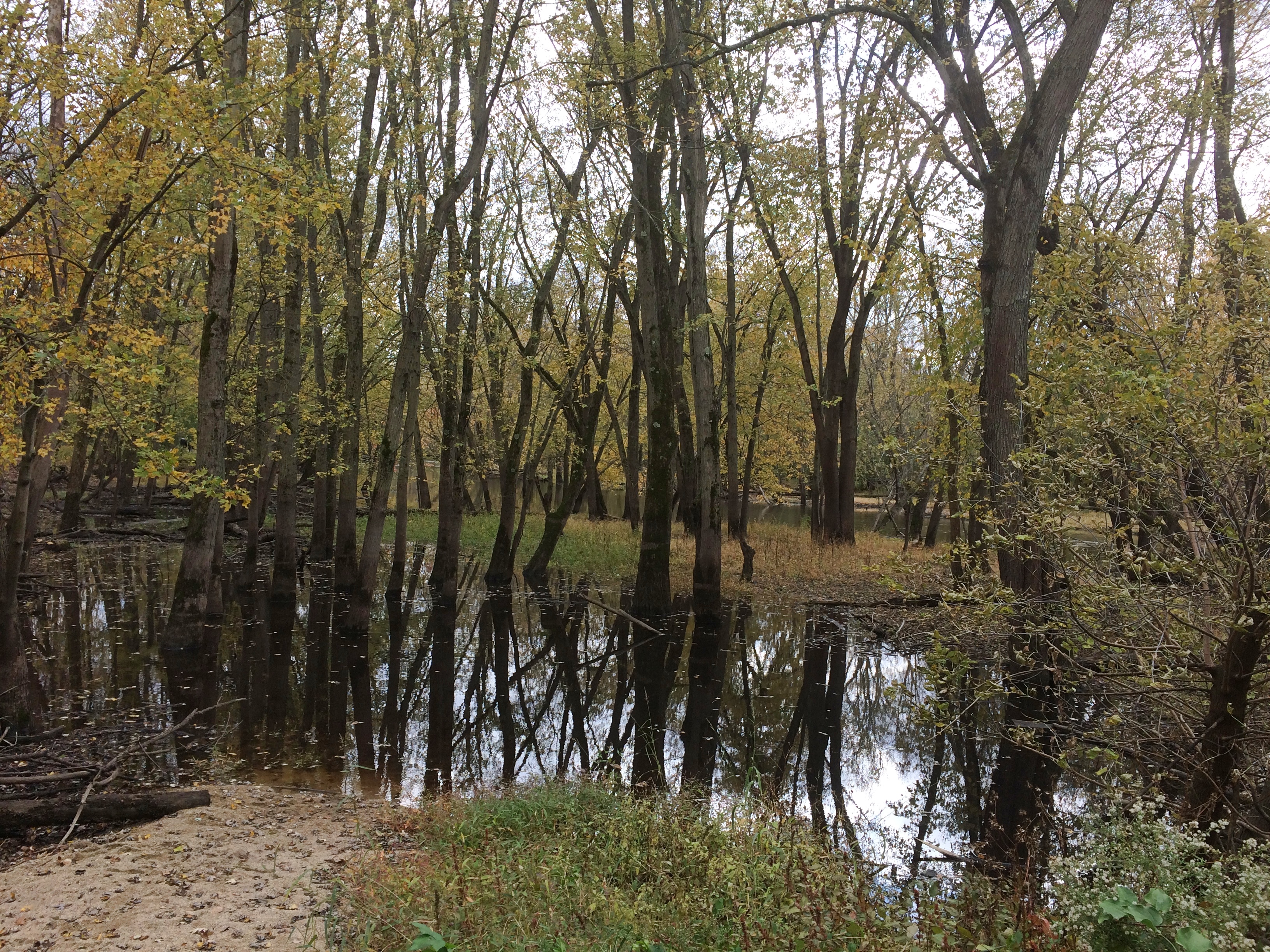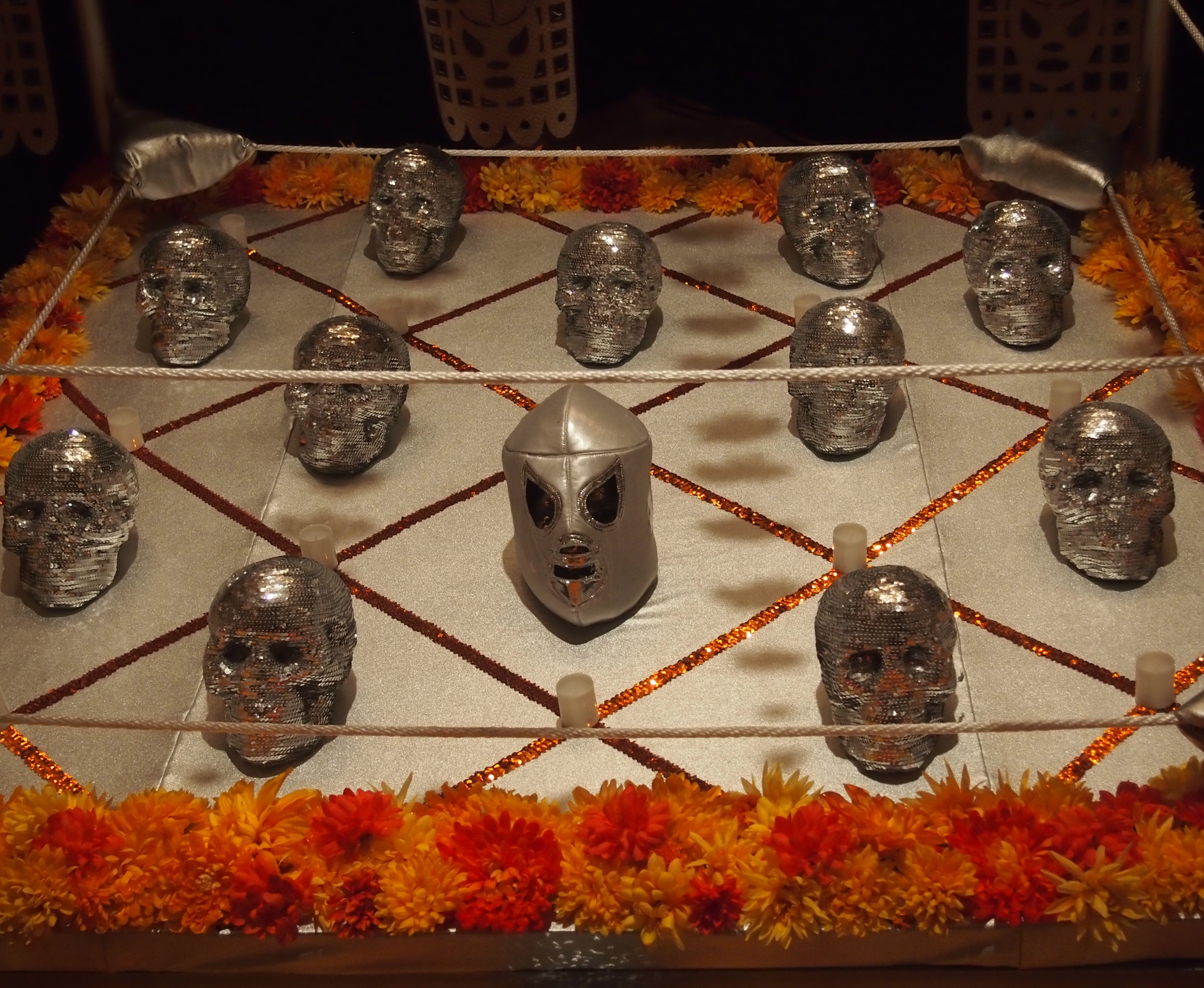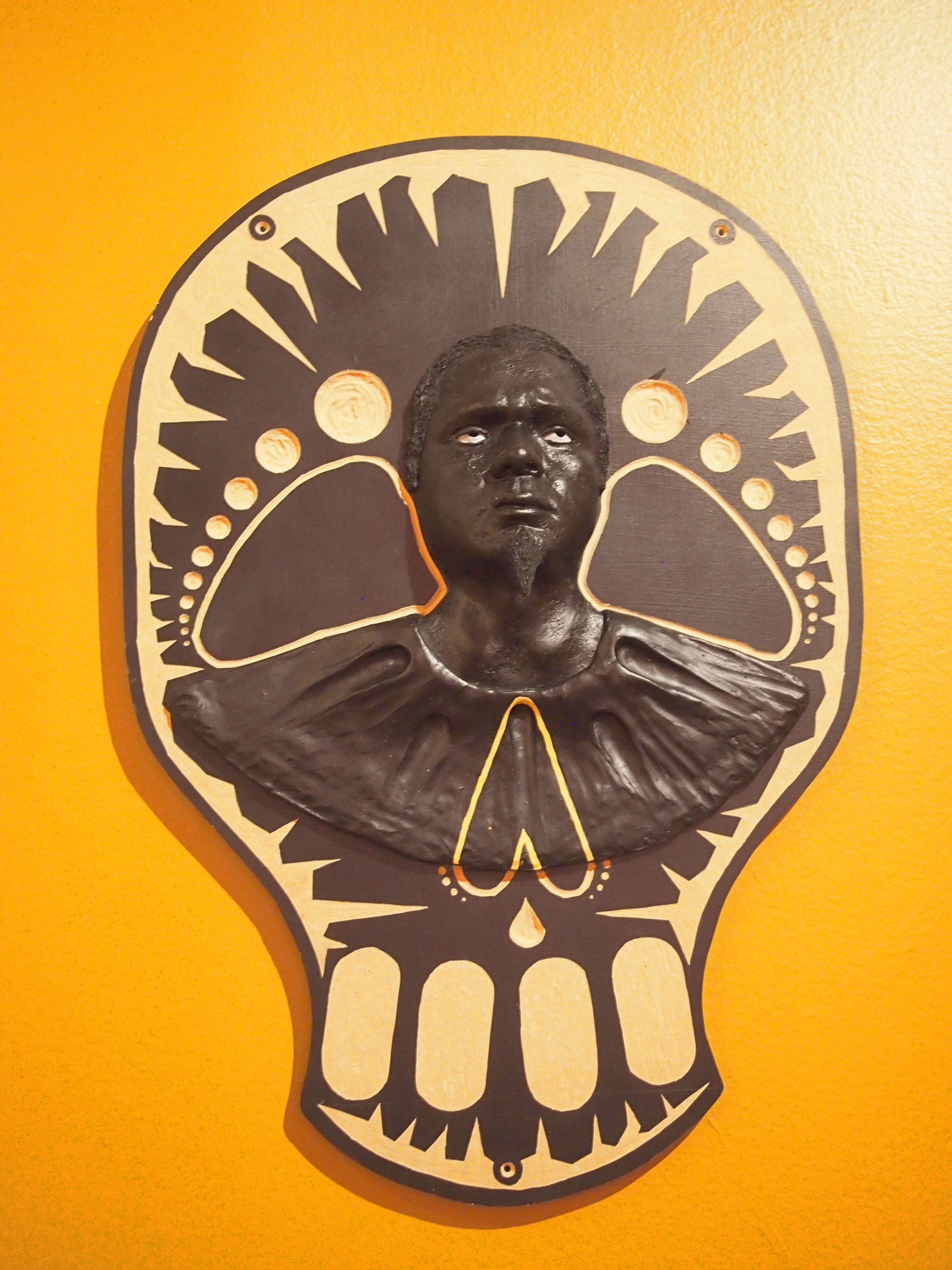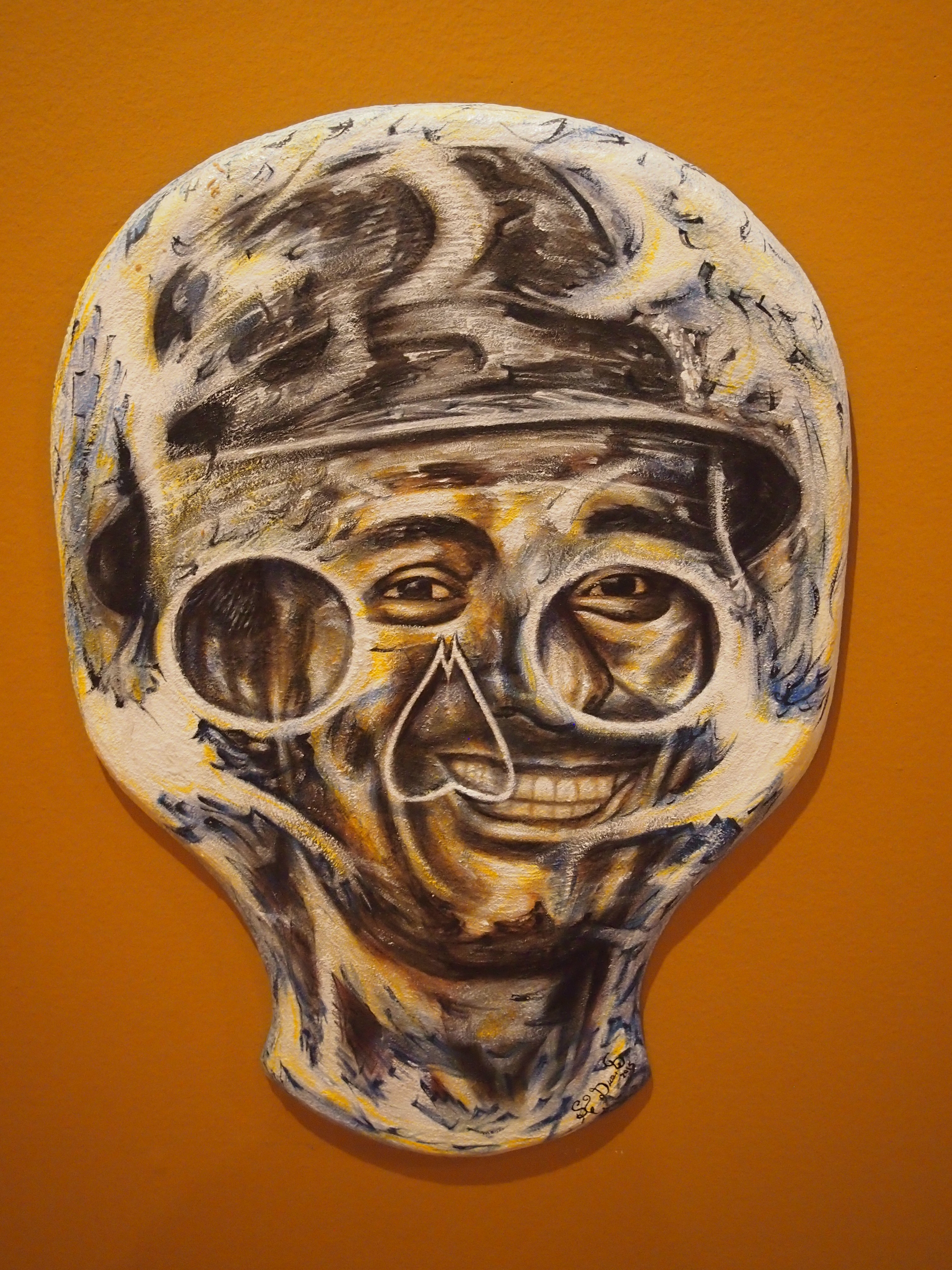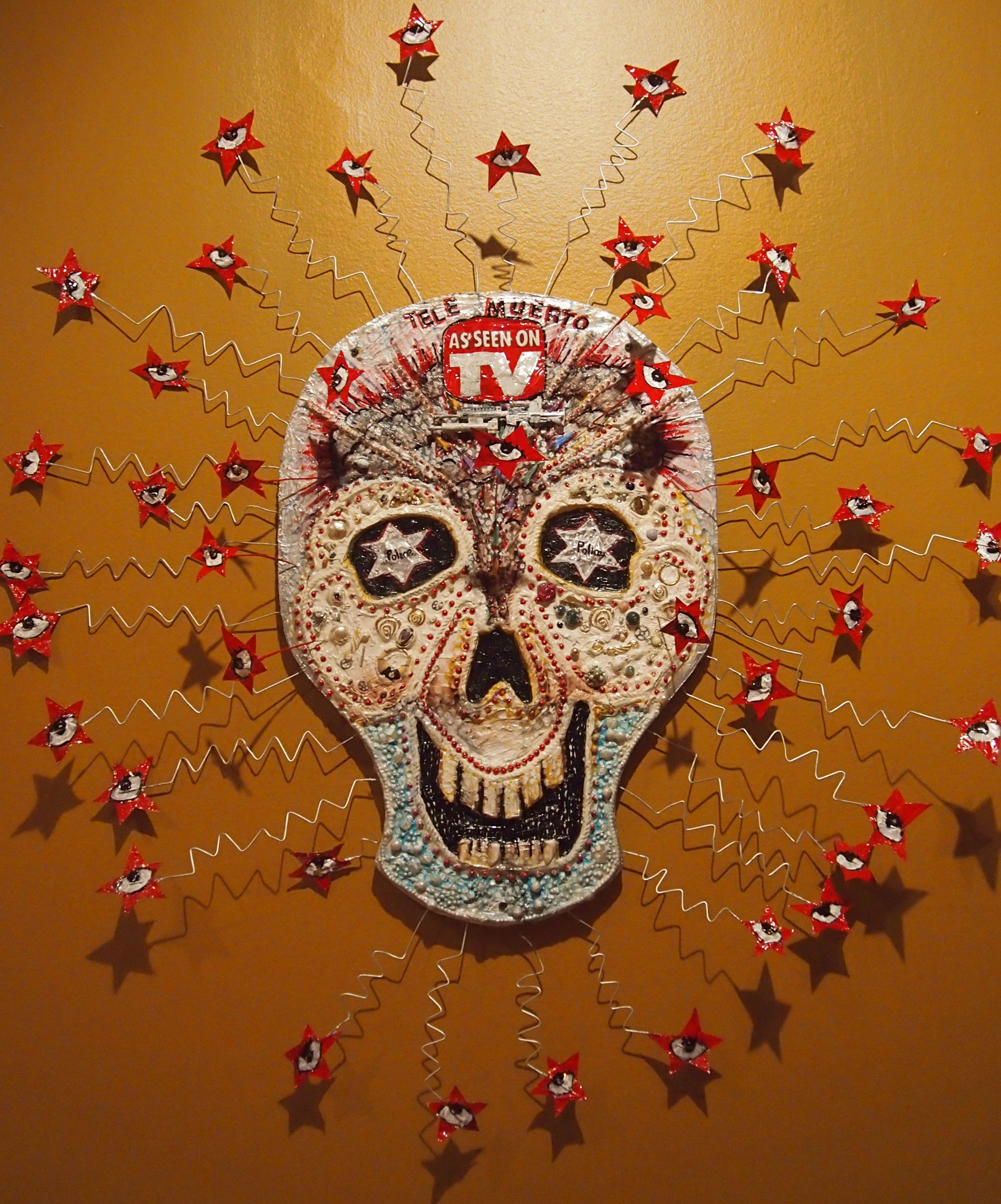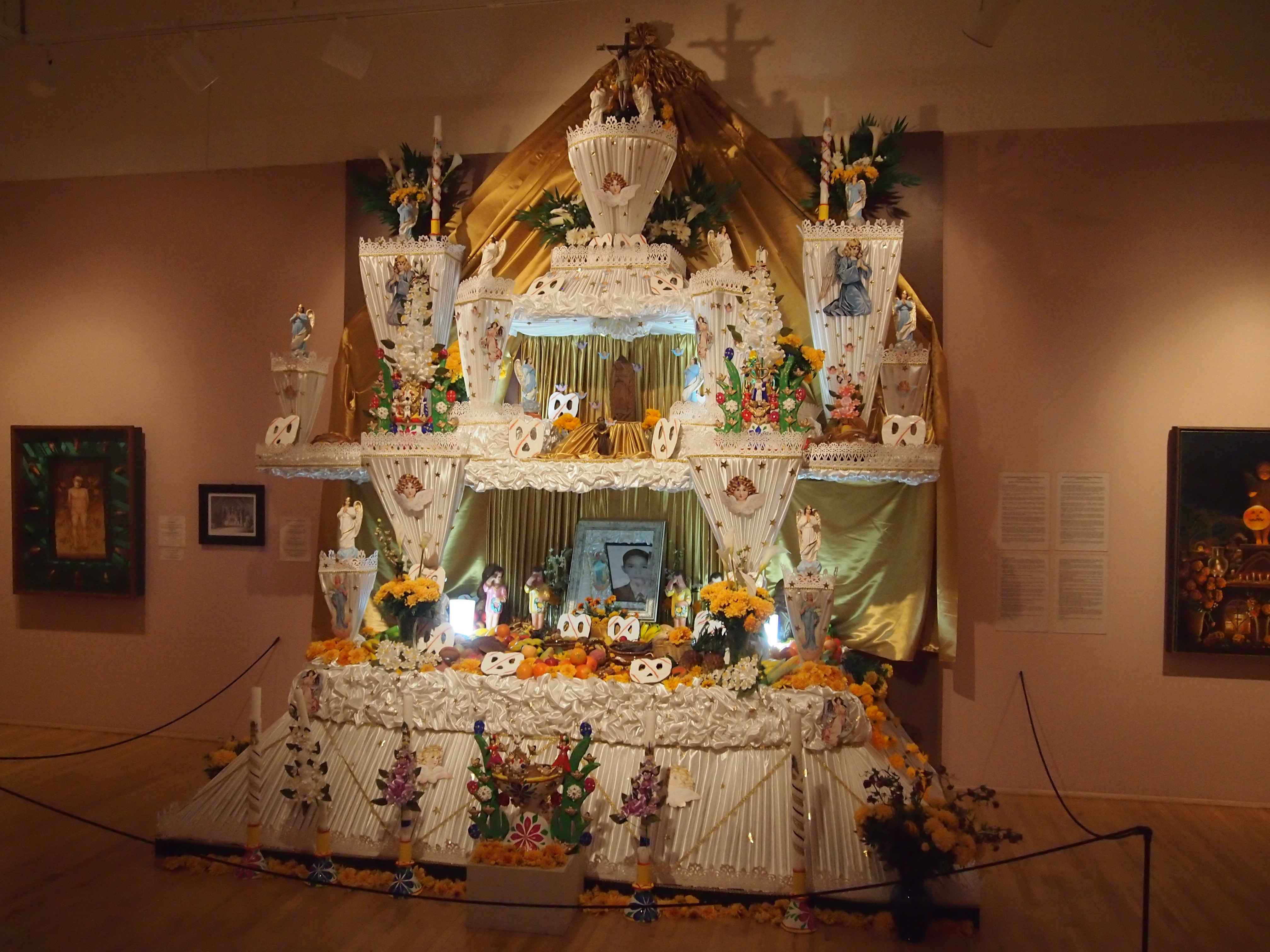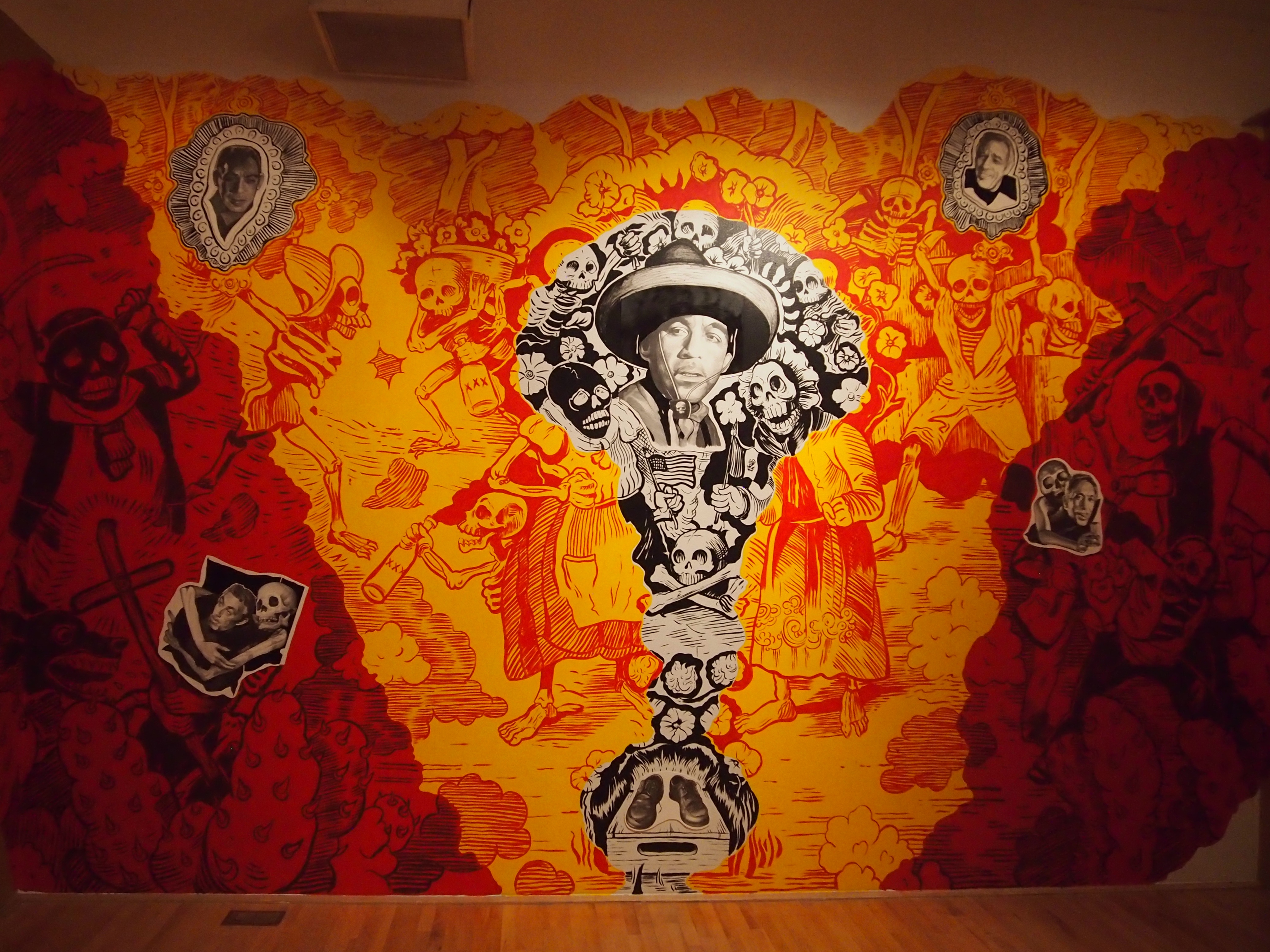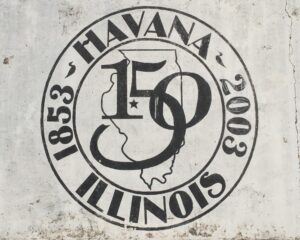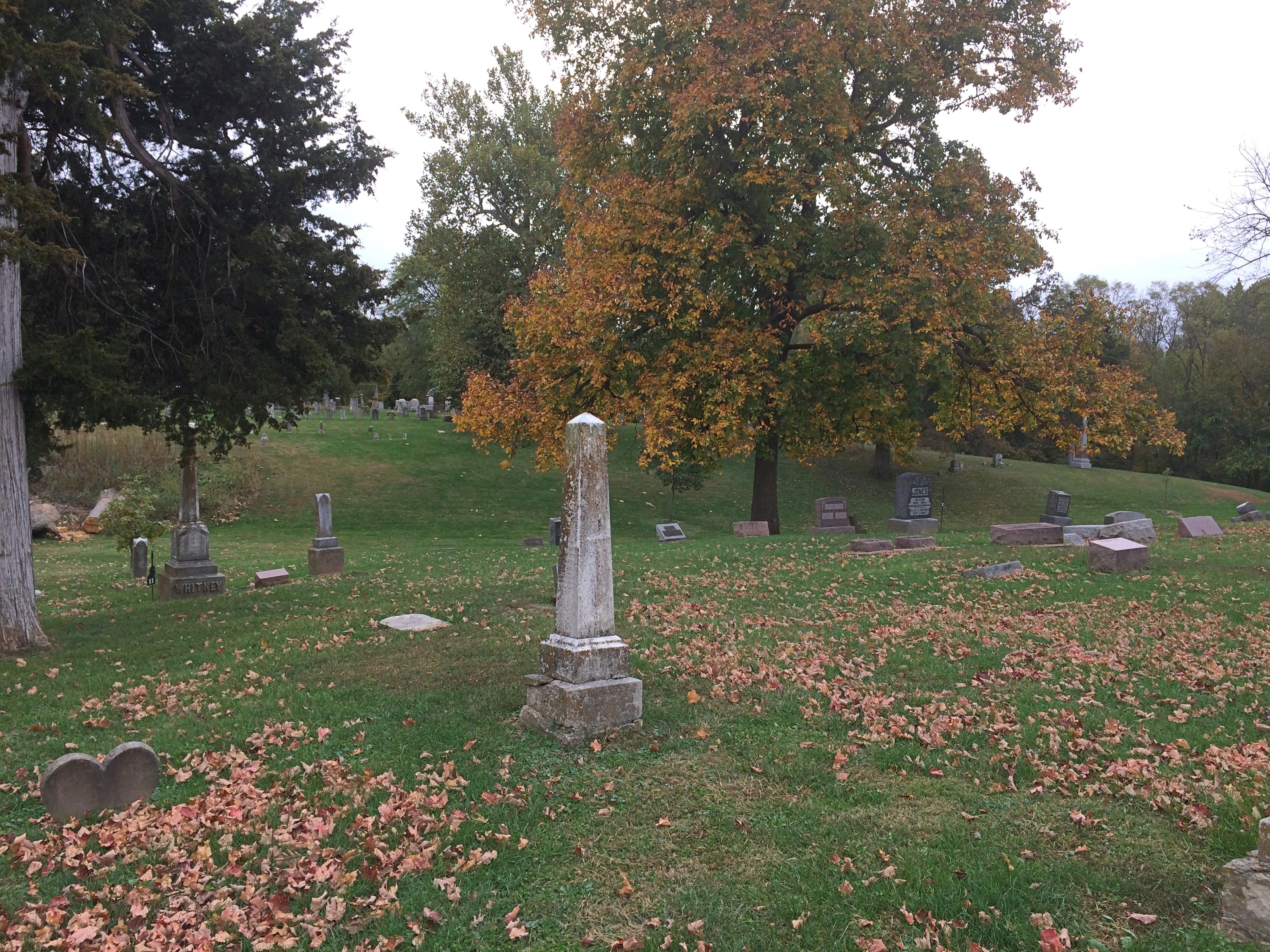The weather over the weekend was brilliant, a cluster of warm, mostly clear days, an echo of this year’s golden summer. Today too, but it will end tomorrow evening with storms and cold air behind them.
Here in northern Illinois, summer 2020 offered mostly warm, mostly clear days that stretched into months, with just enough rain to keep the intense green of a wet spring still green as the summer wore on.
Such a fine summer, if you were lucky enough to enjoy it, came as if to soothe over the nervous energy and dread the near future emanating from the wider world, though I’m fairly sure the weather takes no interest in our concerns. Birds don’t either, but somehow they were singing just a little more cheerfully over the weekend. What’s up with that, eh?
This is how to give a presidential concession speech.
Two weekends ago, temps were cooler but not bad. Certainly high enough for a walk in a new forest preserve. New to us, and actually two adjoining forest preserves: Half Day FP and Captain Daniel Wright Woods FP.
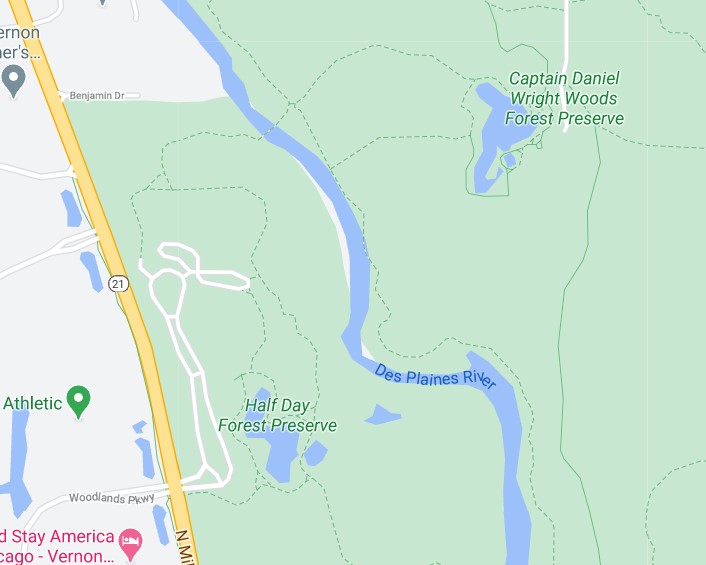 The preserves are in Lake County. We started at the Half Day parking lot near a small lake, walked to the small lake in Captain Daniel Wright Woods, and came back the way we came.
The preserves are in Lake County. We started at the Half Day parking lot near a small lake, walked to the small lake in Captain Daniel Wright Woods, and came back the way we came.

 Except for seeing a sign along the trail, we wouldn’t have known where one forest preserve began and the other ended, which was more-or-less at the Des Plaines River. First we had to cross that river.
Except for seeing a sign along the trail, we wouldn’t have known where one forest preserve began and the other ended, which was more-or-less at the Des Plaines River. First we had to cross that river.

 I can’t see a name like that and not look it up later. Captain Daniel Wright, a veteran of the War of 1812, later became noted as the first white settler in Lake County.
I can’t see a name like that and not look it up later. Captain Daniel Wright, a veteran of the War of 1812, later became noted as the first white settler in Lake County.

 Find-A-Gave has more. “Capt. Wright was active as a farmer and a cooper,” the site says. “He built his cabin when he was in his mid-fifties and in spite of the hardships associated with pioneer life, he lived to be ninety-five years old and is buried in the Vernon Cemetery in Half Day. A stone memorial was erected in his memory on his old farm on the east side of Milwaukee Avenue.”
Find-A-Gave has more. “Capt. Wright was active as a farmer and a cooper,” the site says. “He built his cabin when he was in his mid-fifties and in spite of the hardships associated with pioneer life, he lived to be ninety-five years old and is buried in the Vernon Cemetery in Half Day. A stone memorial was erected in his memory on his old farm on the east side of Milwaukee Avenue.”
Something else to look for next time I come this way.
